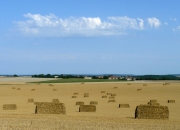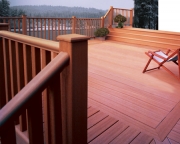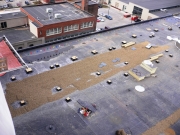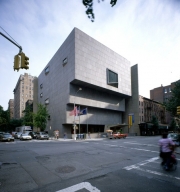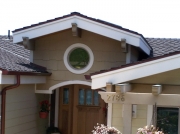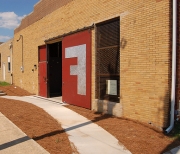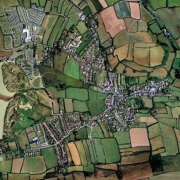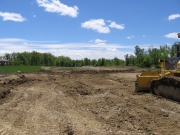The chief zoning official for the City of Columbus, Ohio, says that many homeowners and business managers who don't routinely renovate or build often don't find out about laws that effect them until they have already spent thousands—or even tens of thousands—of dollars on their projects. That's why, he says, despite the size of your renovation or construction project, your first step should be researching the zoning and building rules governing your particular land plot. Local zoning laws state how plots of land within your municipality, neighborhood, and street may be used and developed and the types of improvements that may be made.
